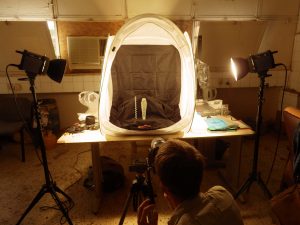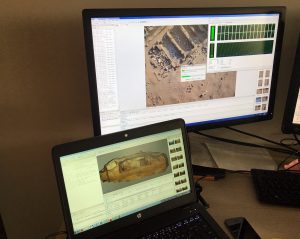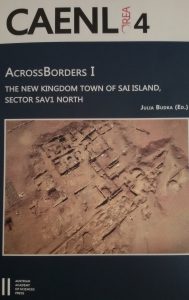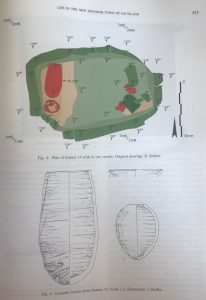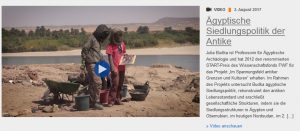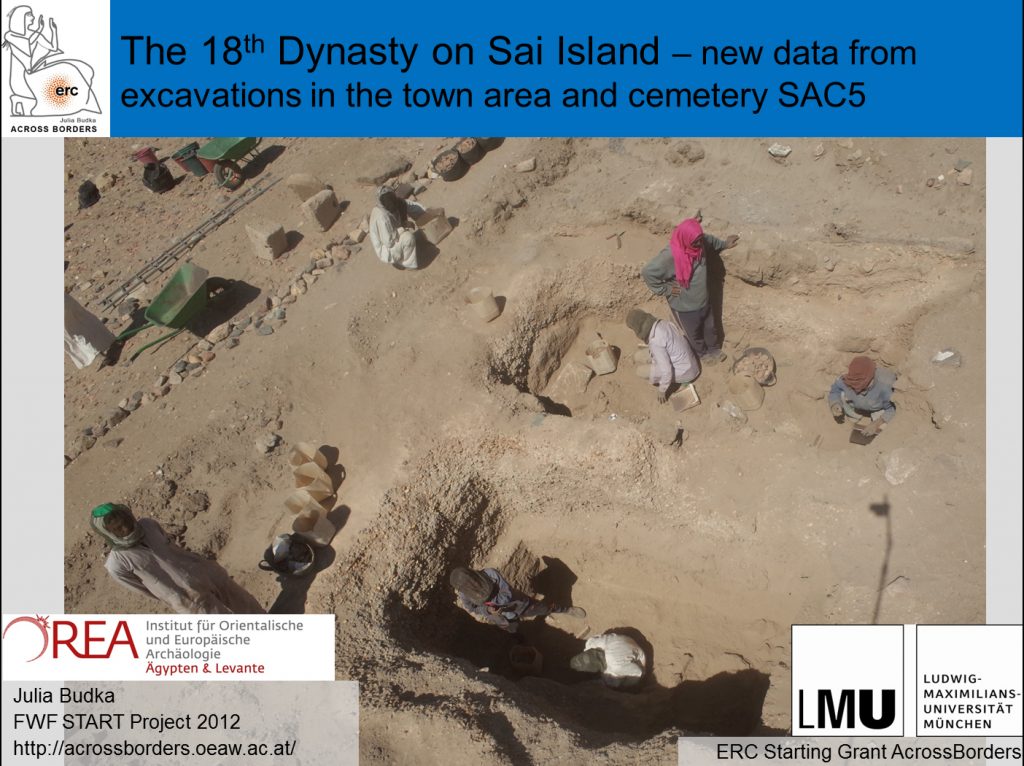Having just returned from Sudan and the student excursion, it’s very pleasant to find some new releases on one’s desk – especially because these also comprise papers highlightening the significance of Tomb 26 and especially of the burial of Khnummose on Sai Island.
 The following new articles are relevant for AcrossBorders’ work in cemetery SAC5:
The following new articles are relevant for AcrossBorders’ work in cemetery SAC5:
Budka, J., Pyramid cemetery SAC5, Sai Island, Northern Sudan: An update based on fieldwork from 2015–2017, Ägypten und Levante 27, 2017, 107‒130.
Budka, J., Das Grab eines Goldschmiedemeisters auf Sai in Obernubien, Sokar 35, 2017, 52-63.
Budka, J., The Tomb of a Master of Gold-workers on Sai Island, Ancient Egypt 18, No. 3, 2017/2018, 14-20.
Within the article published in Ägypten und Levante 27, I tried to reconstruct the complete use-life of Tomb 26, presenting for the first time preliminary results from the pottery analysis.
Please note that all of these articles still have to be regarded as “preliminary” – the final analysis, including the anthropological findings in Tomb 26 and the results from the Strontium Isotope analysis, is already well under way and will be published as another monograph in the series Contributions to the Archaeology of Egypt, Nubia and the Levant.


